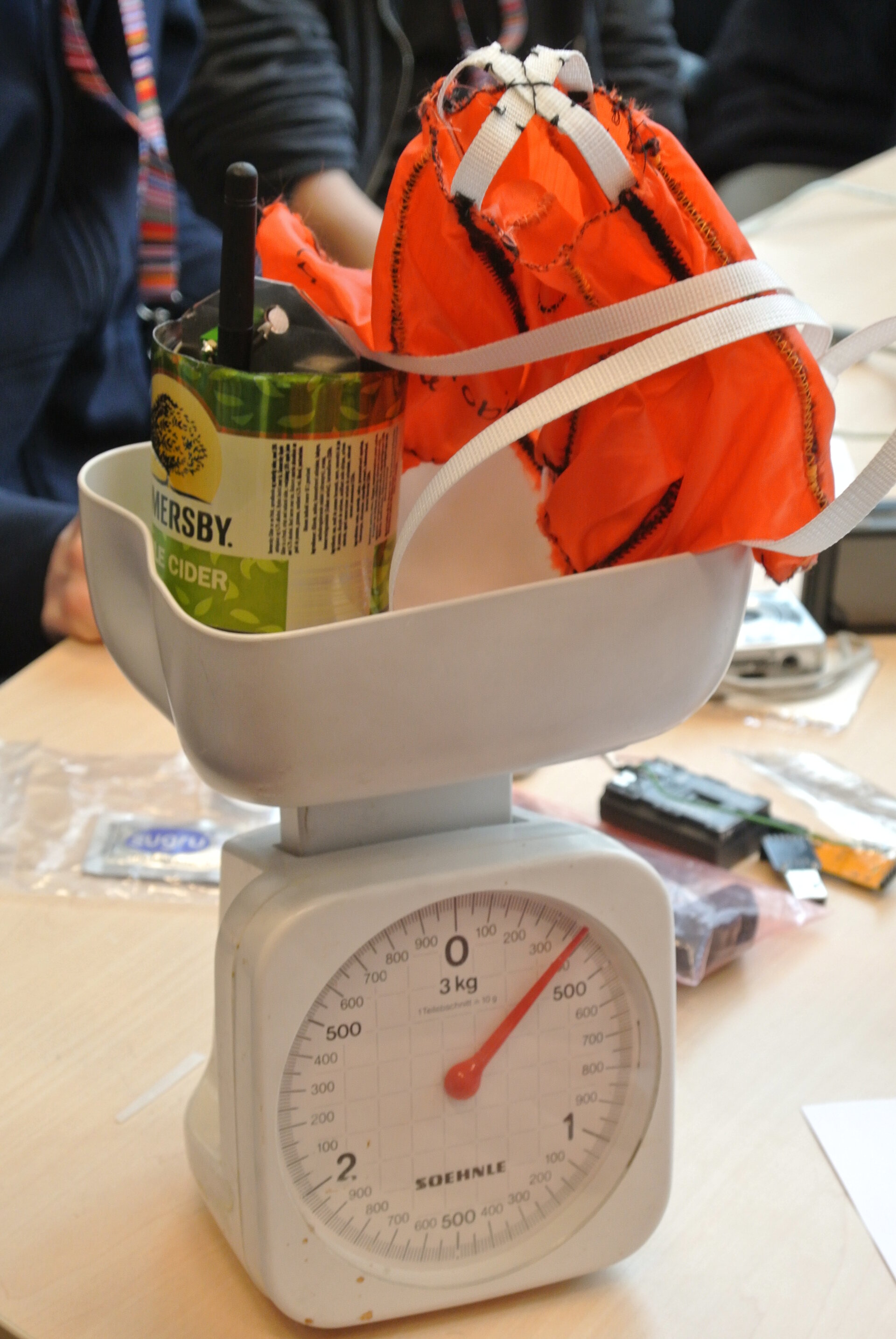2013 CanSat campaign successfully concluded
High school students from 8 different ESA Member States have completed the third European Cansat Launch Campaign, which was held in The Netherlands for the first time. 15 student teams from across Europe participated in the four-day event.
Preparations for the flight campaign began soon after the teams arrived at the Delft University of Technology on 10 April, when technical inspections were made to ensure that each of the CanSats could be integrated in the rockets.
As anticipated, some last minute modifications were needed, but technical experts from T-Minus Engineering – ESA’s partners for the competition - were on hand to provide assistance.
The next day, each student team gave a 10 minute presentation about their project before returning to the lab and doing some more work on the CanSats.

Excitement was high as the teams arrived at the ASK ‘t Harde Artillery Shooting Range on 12 April. Four rockets, provided by T-Minus Engineering, were used to deliver the CanSats to an altitude of around 1 km. The miniature payloads then separated from their rocket, in order to conduct their scientific and technological missions, before parachuting back to the ground for recovery by the teams.
12 CanSats were released during the launches, successfully completing their autonomous flights, but three others did not separate due to a malfunction of the ejection mechanism on the rocket. However, the CanSats that did not deploy were still able to get some readings - mainly pressureand temperature readings, plus some GPS signals - and transmit them to ground stations.
All of the teams worked through the night to summarise the data obtained from their flights.
The last day began with a talk by Hugo Maree, Head of the ESA Education Office. This was followed by the teams’ final presentations to the jury of experts, after which the students were given a guided tour of the Space Expo museum. Meanwhile, the jury members came together for the difficult job of deciding the winning teams in both categories.

The first prize in the Advanced Category was awarded to the Air Sat One team from Portugal, who fitted a glider mechanism to their CanSat. In second place was the Obi-Wan Canobi team from Denmark, with the Vortex team from the UK in third place.
The first prize in the Beginners Category was awarded to the KrakSat team from Poland, who set out to compare measurements of cosmic gamma and beta radiation made simultaneously during the flight and on the ground. In second place was the Irish CapSat team, with the SaSa team from Germany in third place.
“The quality of the projects was very high and some of them exceeded expectations. The professionalism and the motivation of the high-school students was really appreciated,” said Natacha Callens from ESA’s Education Office, one of the jury members.
The programme ended with a celebratory dinner.
The 2013 European CanSat competition was organised by ESA’s Education Office in cooperation with the Delft University of Technology and T-Minus Engineering.






